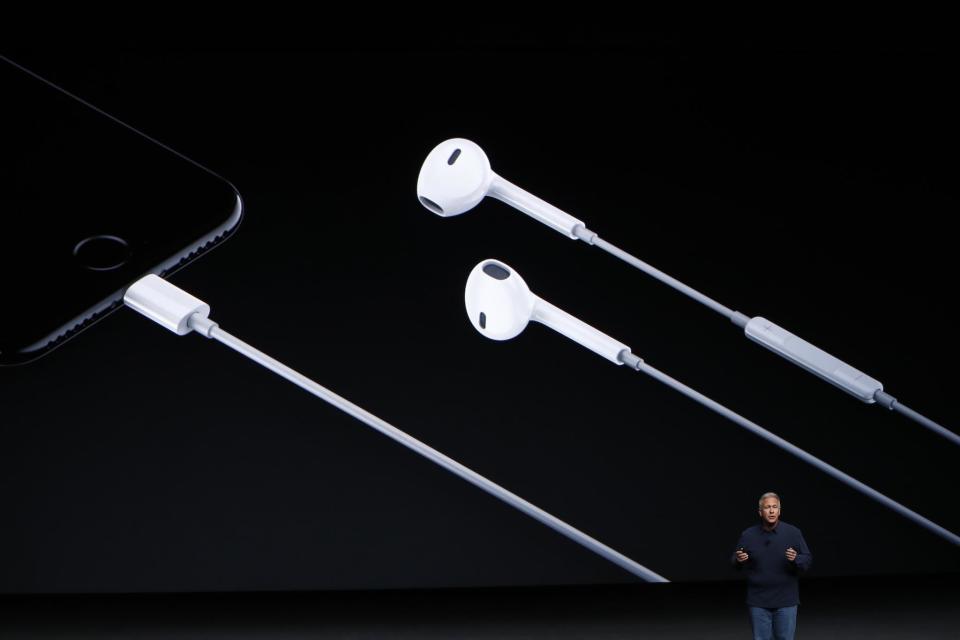Apple hits out at EU proposal to force iPhone and other devices to have same charger

Apple has hit out at an EU proposal to force all phones to have the same charging port.
The company says that making all companies use the same type of connector "stifles innovation rather than encouraging it, and would harm consumers in Europe and the economy as a whole".
It marks a major intervention from the iPhone maker as European politicians consider the future of the chargers in the bottom of the phones.
Apple's statement follows a briefing in which MEPs said that moving towards a common charger would "reduce electronic waste and make consumers’ life easier".
Members of the European Parliament said attempts to encourage companies to use the same charger, and do so voluntarily, had failed. Instead, the European Commission could decide to force them to with new regulation, MEPs suggested.
"The Commission's approach of 'encouraging' industry to develop common chargers fell short of the co-legislators’ objectives," politicians said in a recently published briefing. "The voluntary agreements between different industry players have not yielded the desired results."
But Apple rejected that characterisation, suggesting that phone manufacturers had actually unified around two different ports. All iPhones have used its Lightning cable for nearly a decade, and most new Android phones use USB-C, it pointed out, claiming that "this approach does work".
Apple is unlikely to license its proprietary Lightning port to other phone manufacturers, meaning that any new EU rule would almost certainly mean the company would be forced to switch to a new port. That would mean Apple customers throwing away their wires and other accessories, the company claimed, which "would have a direct negative impact by disrupting the hundreds of millions of active devices and accessories used by our European customers and even more Apple customers worldwide, creating an unprecedented volume of electronic waste and greatly inconveniencing users".
Instead, Apple suggested that regulators should focus on the other end of the wire, where the charging cable plugs into the power. Unifying those ports would allow users to plug their charging cables into similar ports – in hotel rooms or cafés, for instance – no matter what plug was on their phone.
"We do not believe there is a case for regulation given the industry is already moving to the use of USB Type-C through a connector or cable assembly," Apple said in its statement. "This includes Apple’s USB-C power adapter which is compatible with all iPhone and iPad devices. This approach is more affordable and convenient for consumers, enables charging for a wide range of portable electronic products, encourages people to re-use their charger and allows for innovation."
The Lightning port was introduced in 2012, with the iPhone 5, as a replacement for Apple's old 30-pin connector. Since then it has been used on almost every one of Apple's portable devices, though the recent iPad Pro uses the industry standard USB-C port.
Apple gave no firm indication that it would stick with the existing Lightning port in its iPhones. It has been rumoured that the company is moving towards getting rid of the charging port entirely, and recent handsets have included wireless charging that does away with the need for a wire.
Read more
Apple set to release cheaper and smaller iPhone, report says

